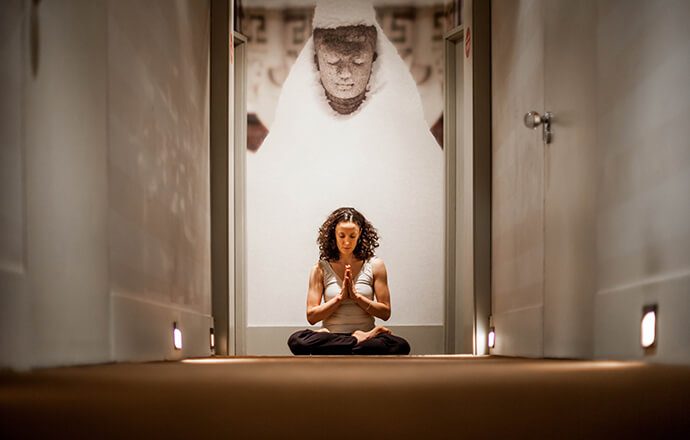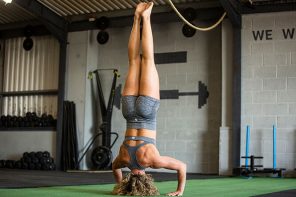Yoga practice is being skilfully observant to your state of being and the fluctuations of the mind, emotions and body. We can call this mindfulness, or embodiment when we bring attention to tiny momentary shifts and changes in the body.
This awareness is different from just focus. It is also curiosity, openness, precision, honesty, and depth. It uses the mind, not just to “correct” the body to achieve a certain pose, but to witness and acknowledge the emotional, neurological, psychological, and potentially spiritual effects of the physical practice.
Many yoga practitioners experience benefits extend from the body into the rest of their lives. Awareness on the mat may prepare us to navigate our lives with greater personal empowerment, clear communication and compassion. These benefits evolve from cultivating mindfulness in the practice, then taking that mindful awareness off the mat into life.
So how do we bring mindfulness and embodiment off the mat and into our lives?
Bring attention to how you feel…
On the Mat: Tuning into your feeling sense, and out of your thinking mind is a first step. To bring this into your life, start cultivating it in your practice. Sense the movements in yoga warm ups with the attention you give the touch of a lover. When you take a pose, what is the quality you feel? Imagery can help refine the feeling sense: sense intensity, temperature, location, texture of poses in your body using colour, descriptive language or metaphor.
Off the mat: add moments of pause to your day. Regular mindfulness practice is essential, but the format can be of your choosing. For 5 minutes on your morning commute, just concentrate on feeling your breath? Pause in the shower, and feel the water pour over you. Treat a cup of tea like a wine tasting. Daily meditation and yoga, even in short sessions, are exercise for the mindfulness “muscle” which translates to this attention in your daily activities.
Bring attention to the breath…
On the mat: It may seem cliché, but subtle movement awakens awareness. Since breath is always moving, as an object of meditation, it helps access sensitivity to the physical body. The breath also mirrors the emotional state, for example a short, high breath is both cause and effect of anxiety.
Off the mat: a conscious breath can change your energy, attention and presence. Be conscious of speaking after taking a breath. Notice how your breath changes when you start to feel stressed or worried, and try to slow it down.
Set intentions…
On the mat: Think about the qualities you want to cultivate through your practice. You can write them on a notecard to refer to, or mentally connect to them to begin and end your practice.
Off the mat: Set intentions how you want to feel in daily activities. Say you want to feel prepared and empowered in a meeting. First, you enter with a different process, you may have done a little extra prep work because you knew it would cultivate confidence. And your intention gives you a gauge for your experience. You can then reflect on how your intention was met or unmet through your own behavior and your interactions with others.
Reflect on your experiences…
On the mat: Notice how “corrections” teaching cues, adjustments and assists affect you, your energy and your body. Ask yourself if you like what has changed and answer honestly.
Off the mat: Any time encounter challenge – in traffic, or when your kids misbehave, or a co-worker interrupts –check in with your feeling. Ok, you might simply feel angry or frustrated, but you might develop sensitivity to precisely identify the source, and then choose your response from within. This process makes you effective dealing with your own emotions, and other people, as you clarify what triggers you, not just what they did “wrong”.
Thanks Mollie McClelland Morris for this article. Find out more over at: www.molliemorris.com











